By : Nikon School Blog | 23 May, 2018 |
Travel photography is a wide genre, and often involves shooting landscapes, portraits, candids, action, architecture, and even a bit of wildlife. This makes choosing equipment for travel photography a tricky job. While carrying too much can weigh you down, carrying too little may leave you with regrets. So how do we choose our equipment for travel photography? Here are a few tips that will help you decide.
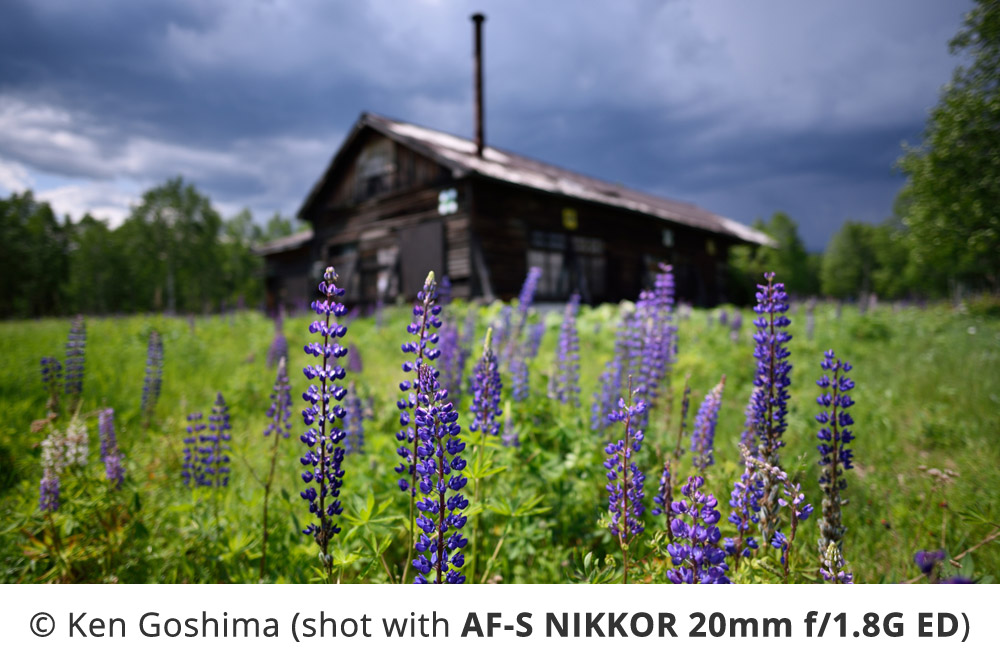
Deciding what you will be shooting most during your tour is the key to packing an effective kit. What is your priority? Landscapes? Portraits? Wildlife? Events? What kind of light do you expect to encounter? Think hard about all possible scenarios before starting to pack.
Lenses that offer wide angles to short telephoto are best suited for travel photography. The AF-S NIKKOR 24-70mm f/2.8E ED VR is the best lens for travel photography. This top quality lens can shoot landscapes, portraits with shallow depth of field, street or candid shooting, and also low light situations. Other options are AF-S NIKKOR 24-120mm f/4G ED VR, and AF-S NIKKOR 24-85mm f/3.5-4.5G ED VR etc. The AF-S DX NIKKOR 16-80mm f/2.8-4E ED VR and the AF-S DX NIKKOR 18-140mm f/3.5-5.6G ED VR are similar options for the DX format users.
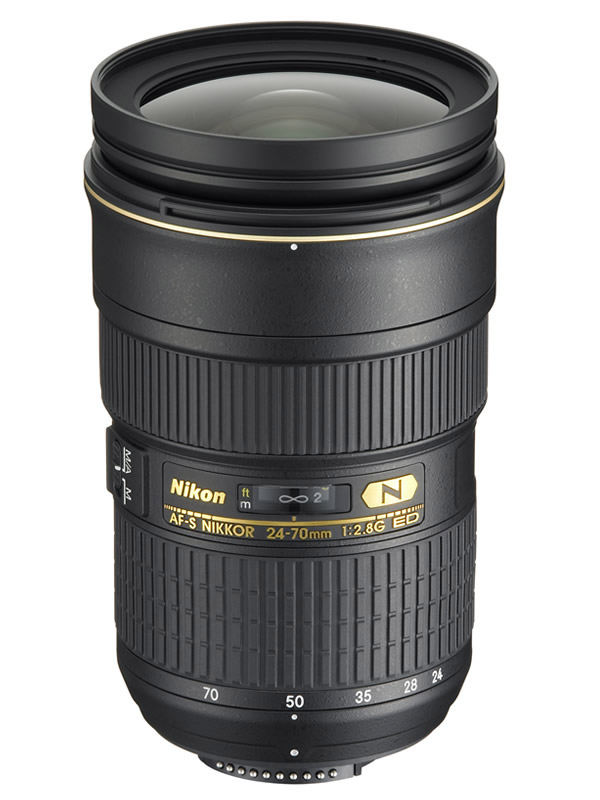
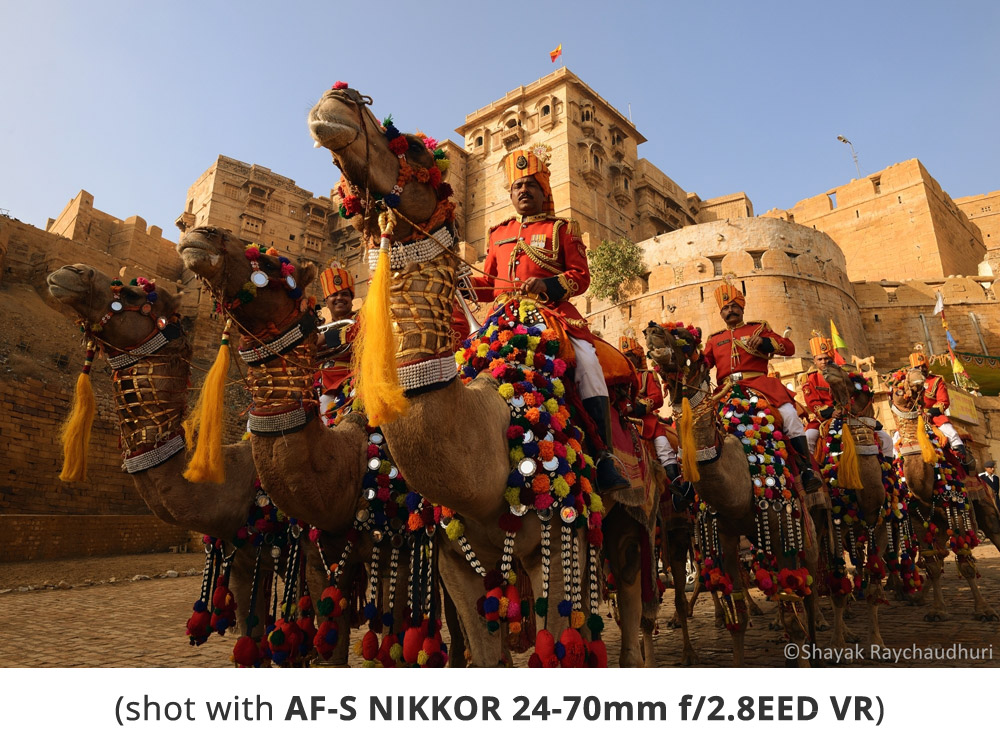
It also makes sense to fit a telephoto zoom with reasonable magnification in your kit. They let you shoot candid portraits from a distance, zoom in on landscapes and get those occasional bird or animal shots. The AF-P NIKKOR 70-300mm f/4.5-5.6E ED VR or AF-S NIKKOR 80-400mm f/4.5-5.6G ED VR are powerful, yet compact and won’t add too much weight to your kit.
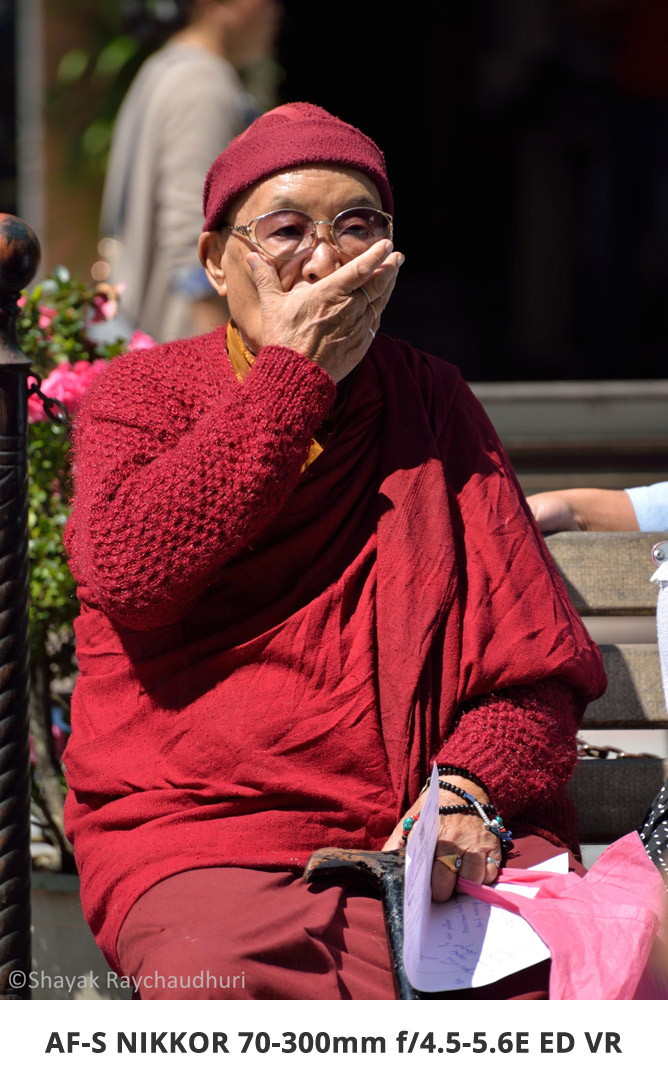
Fast prime lenses like the AF-S NIKKOR 50mm f/1.4G and the AF-S NIKKOR 20mm f/1.8G ED hardly make any addition to the weight of your bag ! Yet, they can be very useful for travel photography, especially during festivals that offer opportunity to create attractive bokeh.
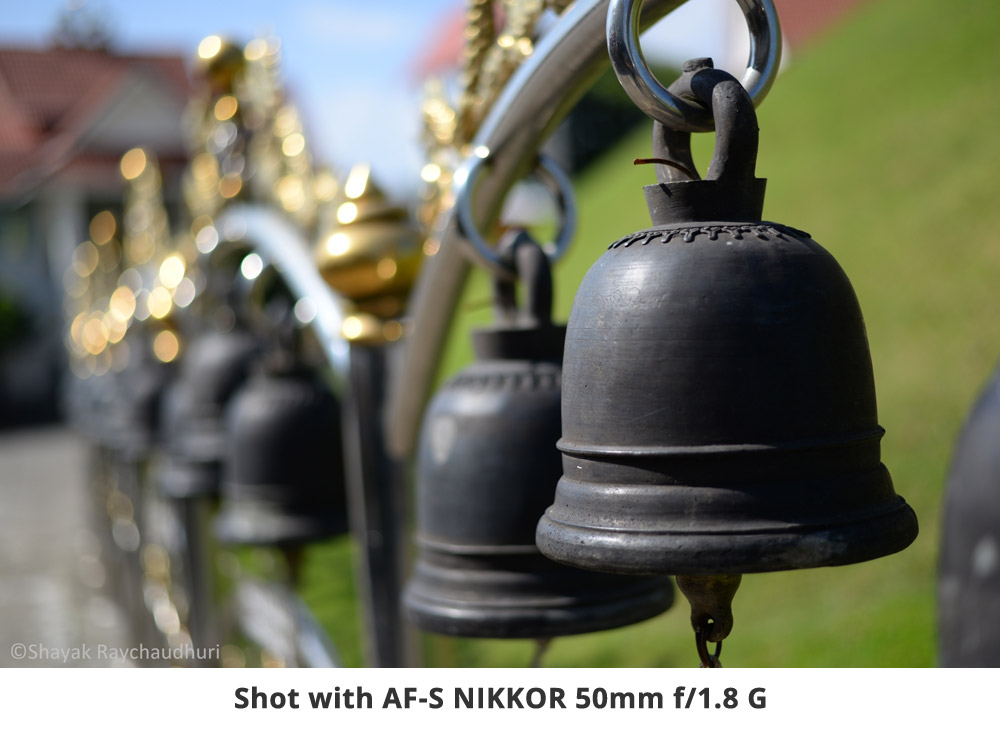
Your travel photography kit should have at least 2 camera bodies. This is very useful as one body can be mounted with the wide zoom, and the other with the telephoto zoom. This way you don’t waste time changing lenses. Also, if one malfunctions, you can still continue shooting.
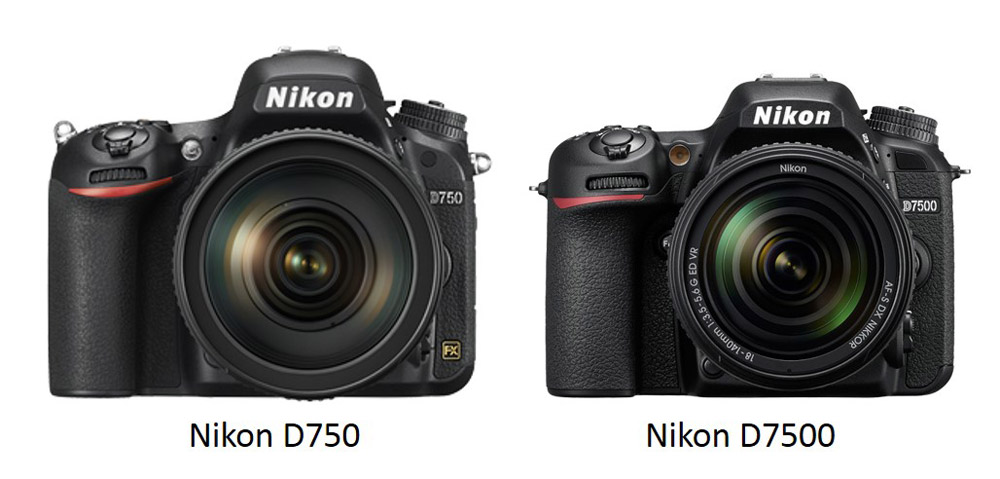
A good tripod can make your work stand out from the rest. Not only does it provide protection from camera shake in low light, it allows you to experiment with long exposures. This greatly increases the scope for creativity during your shoots.
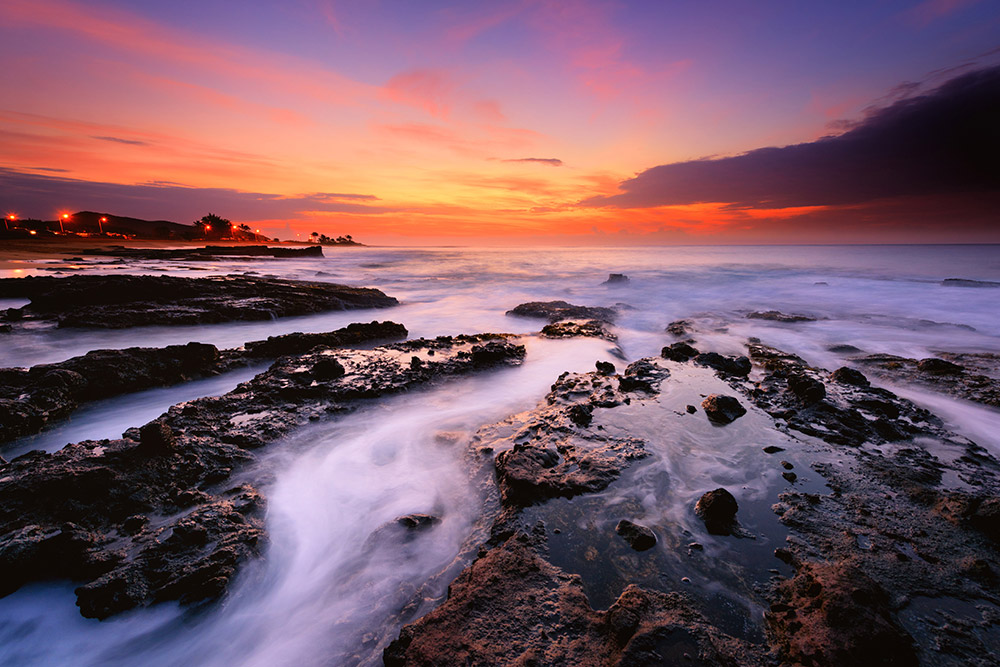
Having a portable, on-camera flash can be extremely helpful in many challenging situations. You will often come across harsh sunlight or street lights at the back of your subject. The flash can be used to fill the shadows without over-exposing the background. This can often add a professional touch to your travel images.
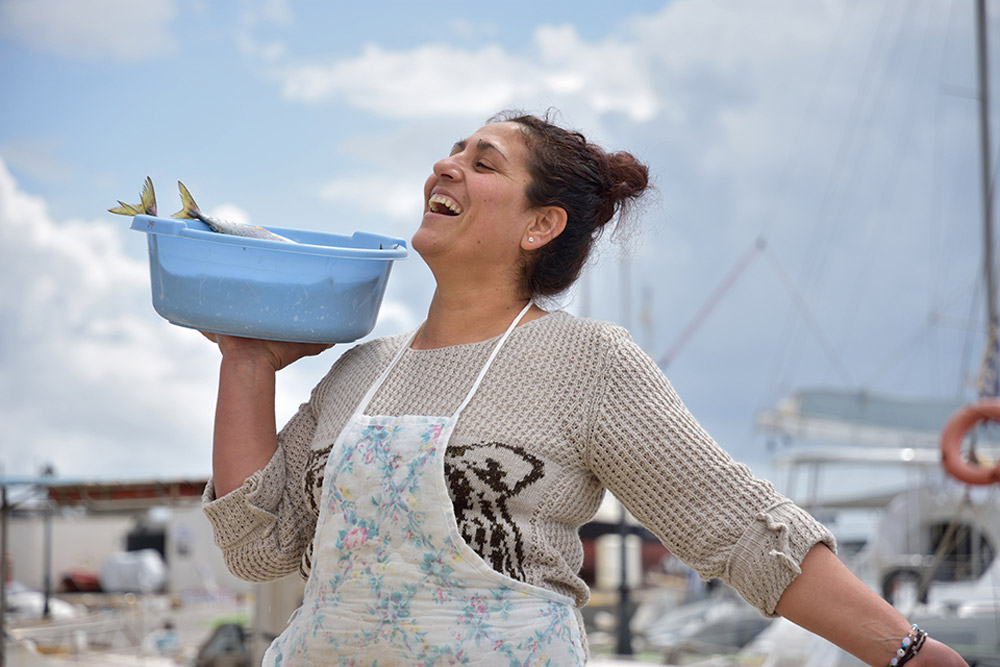
An effective camera bag is also crucial to packing for travel photography. Make sure it is just large enough to carry the equipment you will use during a trip. A larger bag may tempt you to pack things you will not need, and add to the weight of your luggage. Look for weather protection.
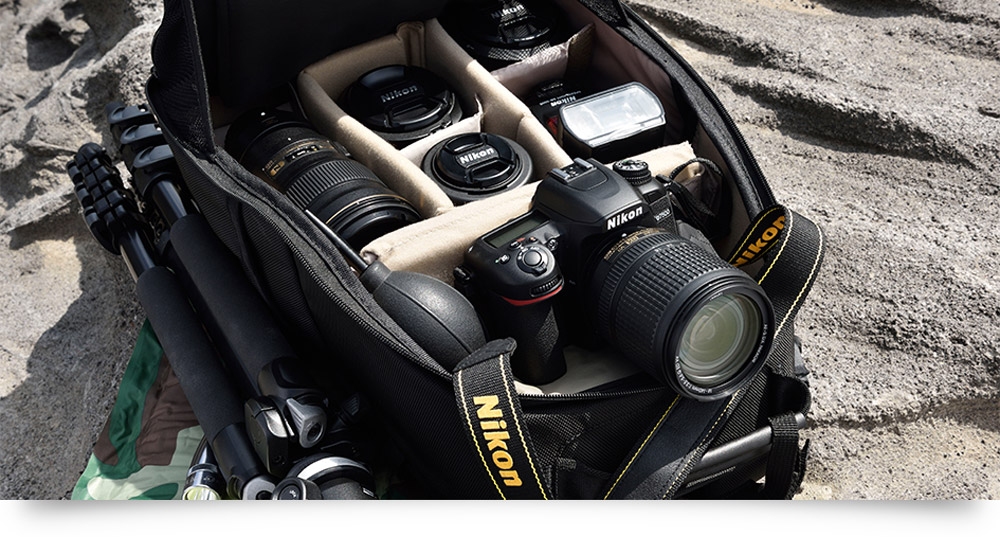
Taking too much equipment can also make things difficult on field. People may open up to a friendly photographer with a camera, but get intimidated by a heavily geared photographer who resembles an armed soldier. You may also be barred from many areas if you look more like a professional than a casual tourist. It is best if you can plan your trip and break it into sessions, e.g., a session only for street candids, another only for landscapes, and another in low light, etc. This way, you do not have to carry all your equipment at the same time.
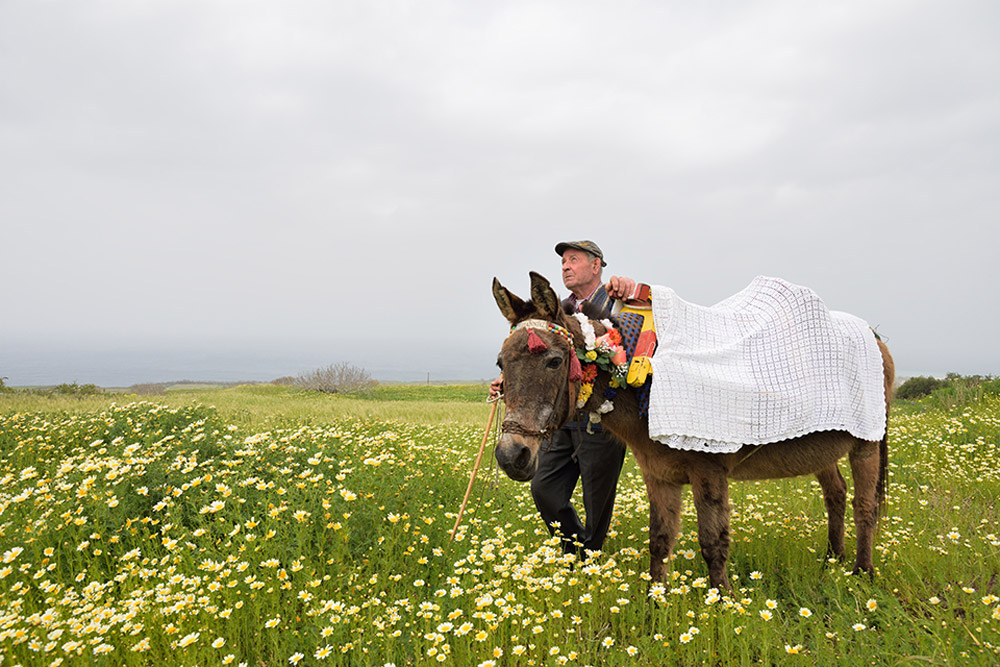
Finally, try travelling light but do carry enough memory cards, batteries, an extra charger, and a hard drive and laptop to back up your precious images after each session.